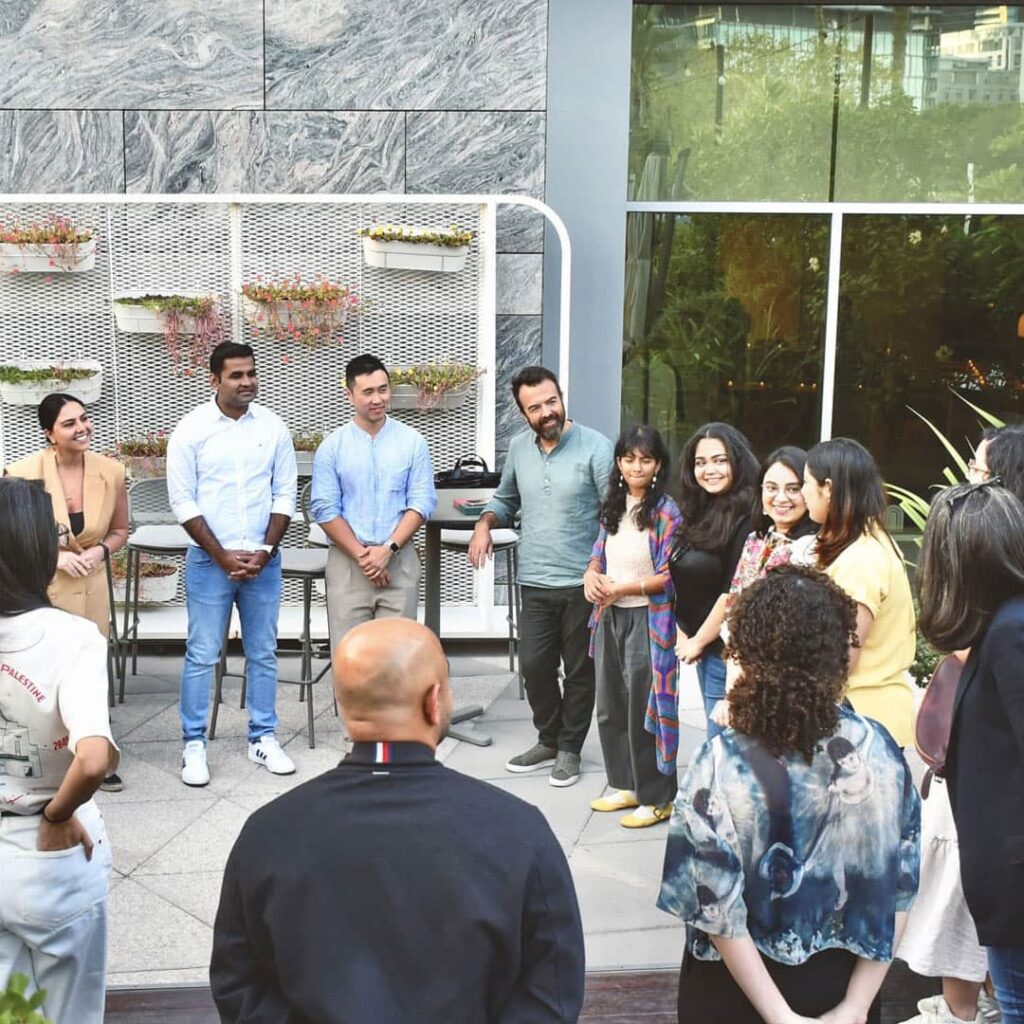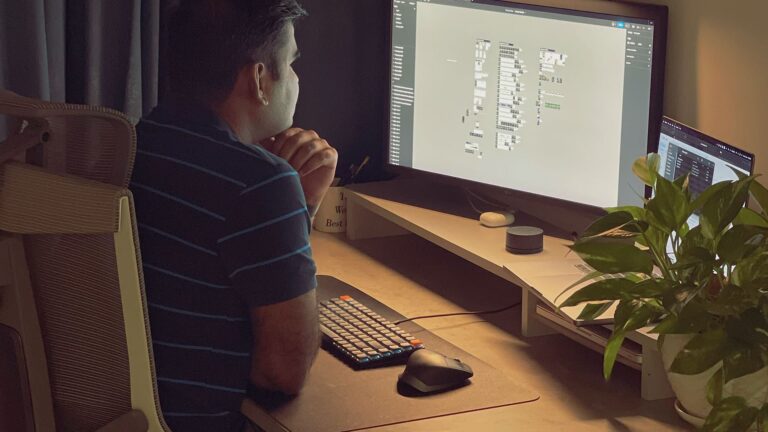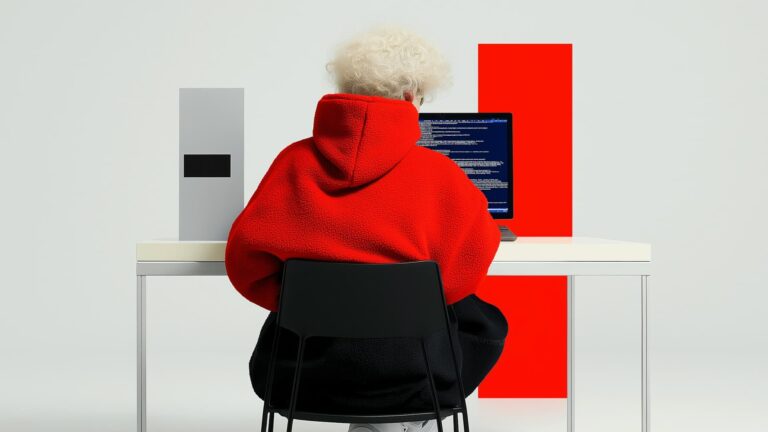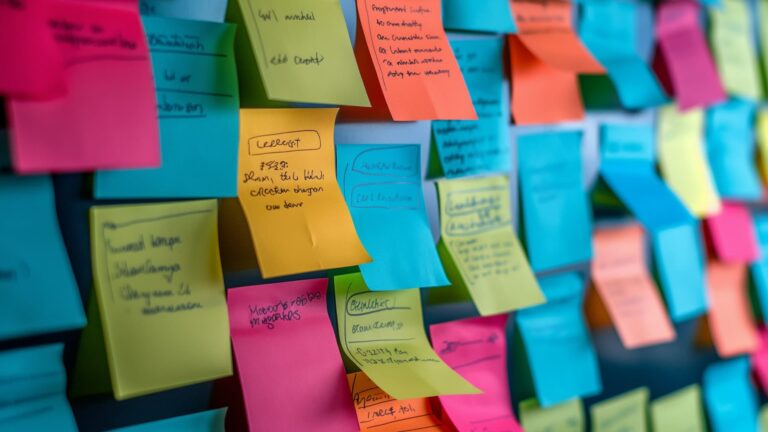Freelancing can be a rewarding career path – offering flexibility, independence, and the chance to work on projects you’re truly passionate about. Yet, as liberating as it sounds, freelancing also comes with a unique set of challenges that can either make or break your career.
Want to fail? It’s easier than you think.
But I’m here to show you the blueprint for failure — so you can avoid it.
Stay in your comfort zone
It’s tempting to stick to what you know. After all, when things are comfortable, why bother pushing boundaries, right? However, as much as staying in your comfort zone feels safe, it’s a sure way to stagnate.
72% of freelancers see their income rise when they step out of their comfort zones and learn new skills.
A study by Upwork found that
Growth doesn’t happen where it’s comfortable — it happens when you take risks, embrace uncertainty, and challenge yourself.
When I started freelancing full-time in 2010, I quickly realized that sticking to the skills I knew wouldn’t get me far. One project pushed me into learning UX/UI — something I hadn’t specialized in before.
It was uncomfortable at first, but it completely changed my career trajectory. I landed bigger, higher-paying projects and eventually niched down into product design, which allowed me to focus on work that aligned with my passion.
Challenge yourself to take on a project that’s slightly outside your comfort zone. Whether it’s learning a new tool, experimenting with a different design style, or tackling a more complex client problem—this is where growth happens.
Avoid difficult clients
Difficult clients. We’ve all had them. They ask tough questions, push back on ideas, and sometimes seem like more trouble than they’re worth.
So it’s easy to think, “Why bother?”
But here’s the truth: Difficult clients often offer the most valuable lessons. They challenge you to refine your communication skills, become more empathetic, and improve your processes.
One of my toughest clients questioned every design decision I made. At the time, it felt frustrating. However, in hindsight, this client taught me the importance of clear communication, setting expectations, and the value of standing by my expertise. That project made me a better designer — and I still use those lessons today.
Don’t run away from challenging clients. Instead, see them as opportunities to learn. Practice active listening, stay calm, and approach each challenge as a chance to improve your problem-solving skills.
Say yes to everything
It’s common for freelancers to say yes to every opportunity that comes their way.
More projects mean more money, right? Not quite.
Saying yes to everything can leave you burned out and overwhelmed, leading to poor performance and ultimately costing you more in the long run.
A study by Freelancer’s Union revealed that freelancers who say no to misaligned projects earn 38% more by focusing on the right clients and projects.
In the early years of freelancing, I said yes to every project that came my way. It wasn’t long before I realized that not every client was a good fit. I was stretched thin, working on projects that drained me. Once I learned to say no and focused on aligned projects, my income increased, and I had more energy to do quality work.
Learn to say no. Evaluate each project and client carefully. Ask yourself if the project aligns with your skills and values. If not, don’t be afraid to walk away. Your energy and time are your most valuable resources.

Skip investing in yourself
If you’re comfortable with where you’re at, why bother learning more, right? Wrong.
Freelancers who stop investing in themselves quickly fall behind in an ever-evolving industry.
In fact, self-investment can lead to 4x income growth over the course of a freelance career, according to Harvard Business Review.
For years, I felt comfortable with my skill set. But as the industry shifted, I realized that to stay competitive, I needed to keep learning. So I invested in design courses, attended workshops, and read books. It paid off — my skills stayed sharp, and my income grew significantly.
Set aside time each week to invest in your growth. Whether it’s reading a book, taking an online course, or joining a community of like-minded professionals, continuous learning is key to long-term success.

Skip building long-term relationships
It’s tempting to work on one-and-done projects—quick, easy, no strings attached. But building long-term client relationships is where the real stability lies.
Freelancers who nurture steady, long-term clients see a 60% increase in revenue, according to Freelancer’s Union.
Instead of constantly chasing new clients, focus on building relationships with your current ones. Deliver on your promises, check in regularly, and offer value even after a project is completed. Long-term clients offer both financial stability and professional growth.
Final thoughts
Freelancing is a balancing act, and success lies in doing the opposite of what guarantees failure:
- Growth happens outside the comfort zone
- Difficult clients offer valuable lessons
- Saying no can boost your career
- Investing in yourself pays dividends
- Long-term relationships lead to stability
My freelance prediction
As freelancing becomes more competitive, those who continuously invest in themselves and build genuine client relationships will thrive. Automation and AI may take over certain tasks, but creativity, empathy, and human connection will always set successful freelancers apart.








